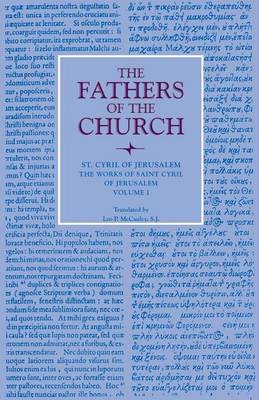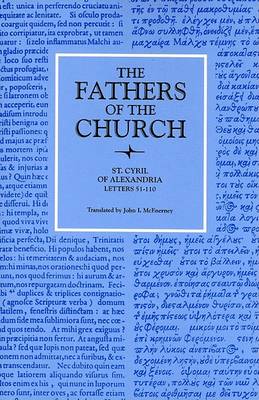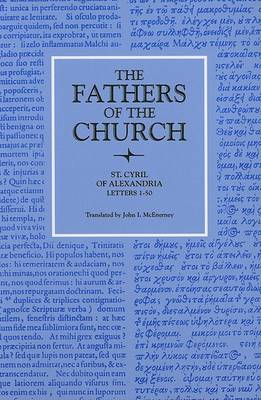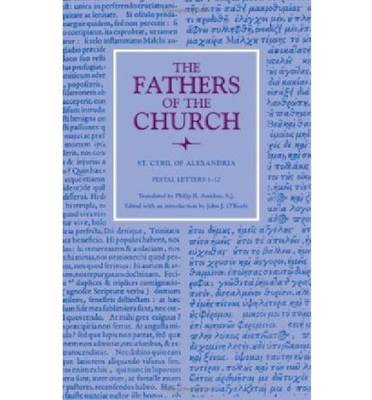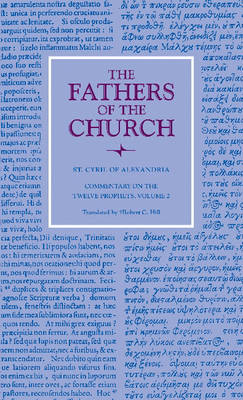Fathers of the Church
6 total works
The Works of Saint Cyril of Jerusalem, Volume 2
by Cyril and Leo P. McCauley
Cyril's life of some seventy years, placed in the very center of the fourth century, epitomizes much that was characteristic of the period and the locale. Bishop of Jerusalem for nearly forty years, he experienced three expulsions from his see, these due as much to politico-ecclesiastical rivalry as to his participation in the contemporary theological controversies, in which Cyril played an important and still disputed role. The present volume carries about half of the bishop's most valuable production, a series of catechetical lectures for Lent and Easter week.
The introductory lecture (the Procatechesis) admitted the catechumens to the instructions to follow. Of these, the Catecheses proper, the first twelve appear in this first volume, the remaining six, with the five Mystogogical Lectures (for Easter Week), to come in Volume 2. The conferences are based firmly in the sacraments and in the successive articles of the Creed. It is upon the Creed and the various forms of it with which Cyril was involved that much of the extended Introduction centers. Cyril's body of catechetical lectures, which has been called "one of the most precious treasures of Christian antiquity," can make a telling contribution to the catechetical renewal within the Church of today and to the study and devotion of clergy and layfolk alike.

